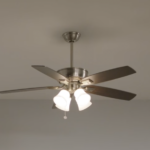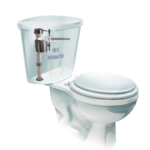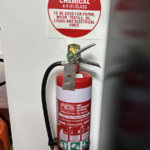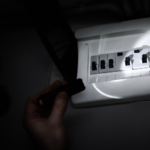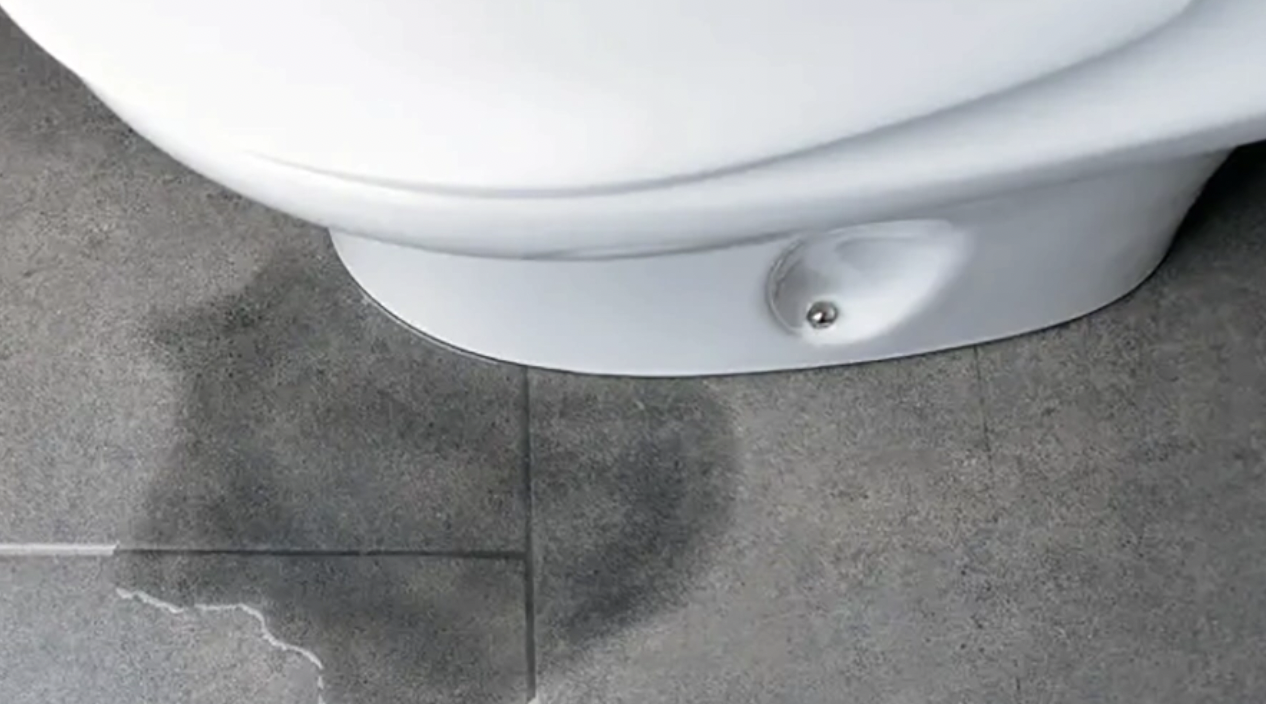
Are you cursed with a leaking toilet? If your toilet base is leaking, this unfortunately isn’t an issue you should simply ignore.
A leaking toilet base can be incredibly stressful and wreak havoc on your home, particularly when water is flowing directly onto the floor. Not only will your daily routine be disrupted, but you’ll also find yourself fretting over the potential costly damage to your bathroom floor and delicate tiles.
Fear not, for we shall look into the likely causes of your leaking toilet base and explore swift solutions to rectify this predicament.
If you notice water pooling on your bathroom floor, chances are there’s a leak at the base of your toilet. This is usually caused by a faulty wax gasket, which is responsible for creating a watertight seal between the toilet and the floor. When this seal fails, it’s time to consider replacing the wax gasket.
Calling in our friendly and experienced plumbing professionals is the smart choice when it comes to plumbing issues. Trust us, you’ll save time, money, and avoid any messy accidents. Our expert advice is simple: leave it to the pros. And don’t worry if your toilet decides to leak after business hours – we’ve got you covered with our emergency service!
Reasons Why Your Toilet Is Leaking at the Base
- Clogged Drain Line
- Old Wax Ring
- Loose Flange Bolts or Floor Flange
- Cracked Toilet Bowl
- Leaking Water Supply Line
- Loose Connection Bolts
What to Do When Your Toilet Is Leaking
When your toilet starts leaking, the first step is to accurately identify the problem. It could be one of the six culprits mentioned above, or it might be a more complex issue that requires the expertise of a professional plumber.
Take the time to carefully diagnose the problem by inspecting both the external and internal components of the toilet.
Don’t hesitate to manually lift the flapper to flush the toilet and see if that resolves the issue. Additionally, you can attempt to tighten the bolts at the base of the toilet to determine if that alleviates the problem.
When you find yourself stumped by a plumbing problem, it’s time to call in the experts. Certain issues, such as a faulty wax ring or a cracked bowl, are not easily fixed with DIY methods. Ignoring these problems could result in even costlier repairs down the line.
If you’re dealing with a major leak and can’t get a plumber to your home immediately, it might be wise to turn off your water supply temporarily. This precautionary measure can help you avoid complications like mould growth and water damage.
How do I prevent a toilet base from leaking?
Preventing a toilet leak at the base is far better than dealing with a plumbing emergency that renders your toilet unusable until it’s fixed. Moreover, if a small leak goes unnoticed for an extended period, it can result in significant water damage, the growth of mould, and the decay of your subfloor. In fact, the leaked water might even seep into crevices in your foundation, compromising the structural integrity of your home.
If you notice your toilet rocking slightly when you use it, it could be a sign of an impending leaky toilet base and a flooded bathroom floor. Stay vigilant and take the time to investigate this issue.
If you hear a family member asking, “Why is my toilet rocking?” it could be a clue that trouble is on the horizon. This is a clear warning sign that you should have your toilet inspected by a local plumbing expert, particularly focusing on the wax seal underneath it.
How to Fix a Toilet Leaking at the Base from a Leaky Wax Ring
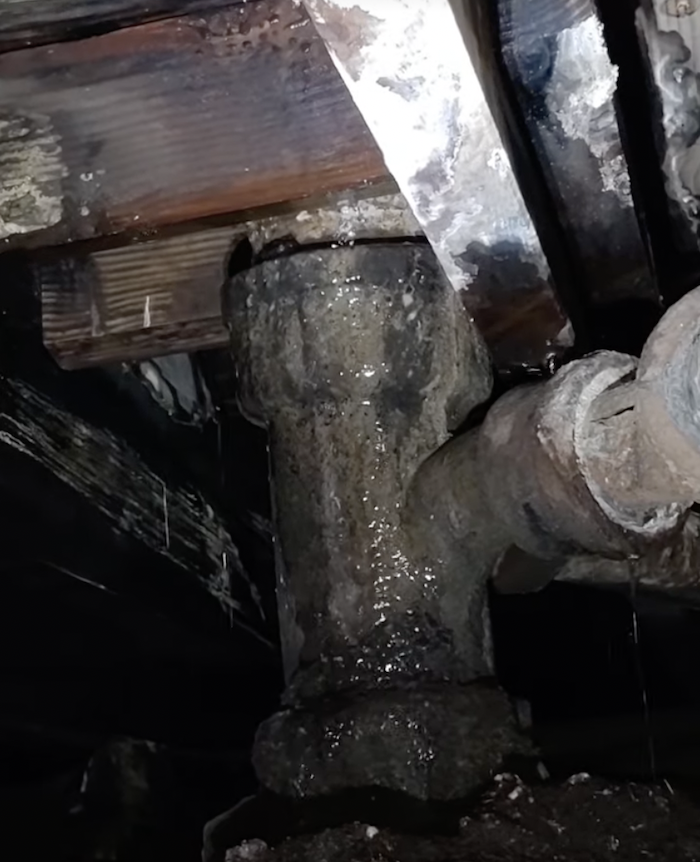
Turn water off
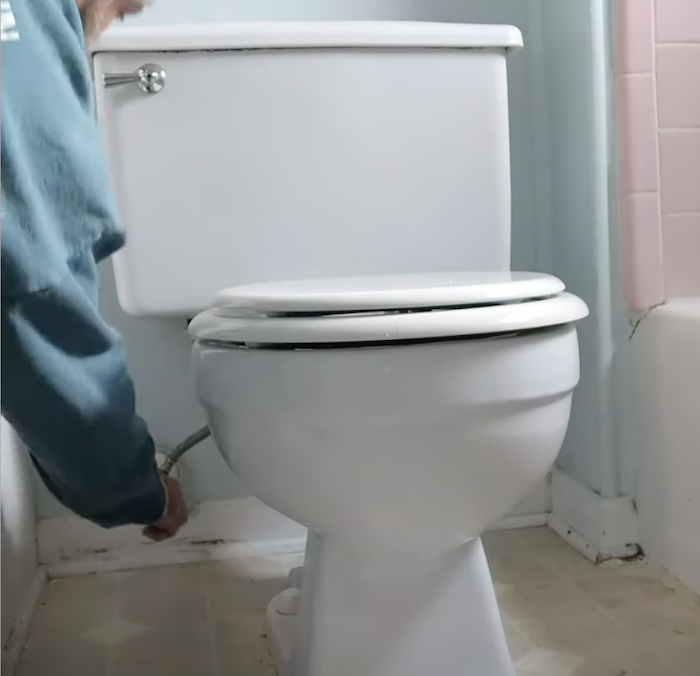
To stop the flow of water, first, locate the water supply line beneath the toilet. Turn off the valve to cut off the water supply. Once that’s done, flush the toilet to drain any remaining water in the tank. Finally, unscrew the water supply line from the toilet to completely disconnect it.
Drain toilet

Use a towel to absorb water from the base of the toilet bowl.
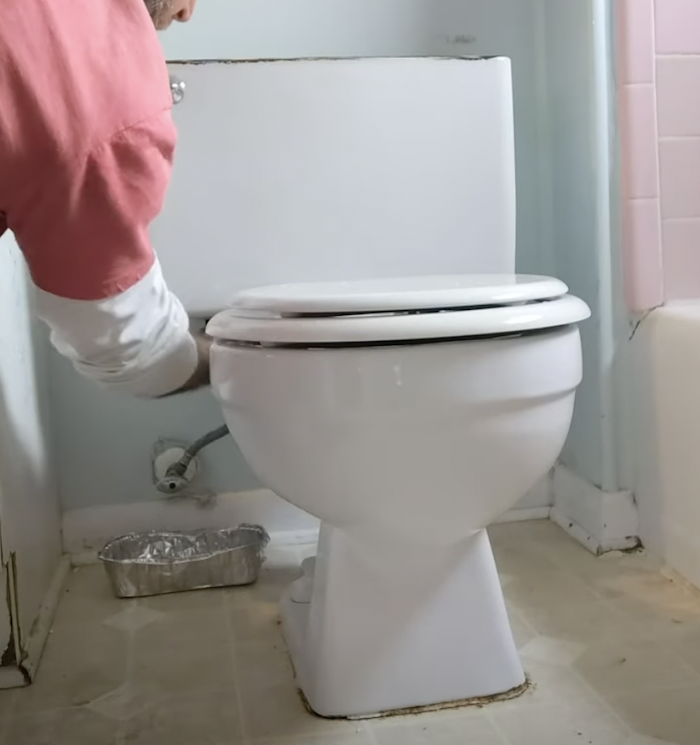
Disconnect toilet
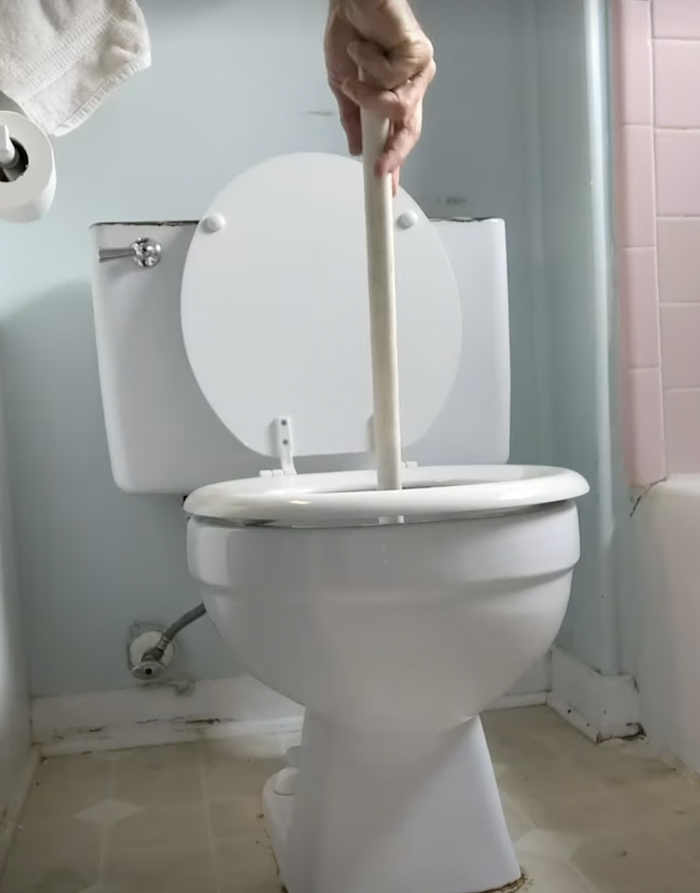
Plunge out the bowl
Remove nuts from floor bolts
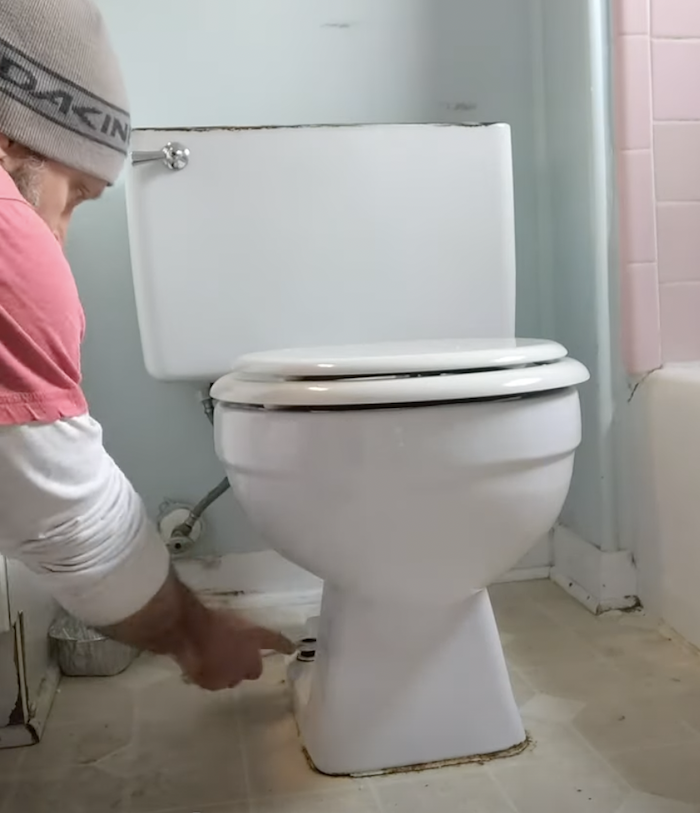
Loosen nuts.
Remove the plastic caps from the floor bolts, then use the pliers to unscrew them.
Remove toilet

Gently wiggle the toilet to loosen its grip on the floor. Next, lift the toilet straight up to detach it.
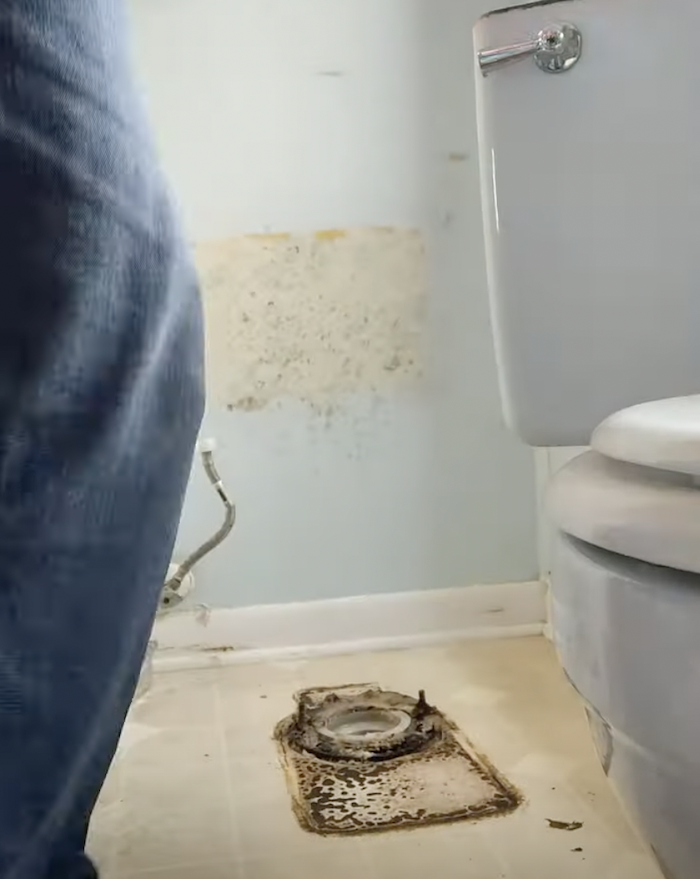
Carefully set the toilet aside.
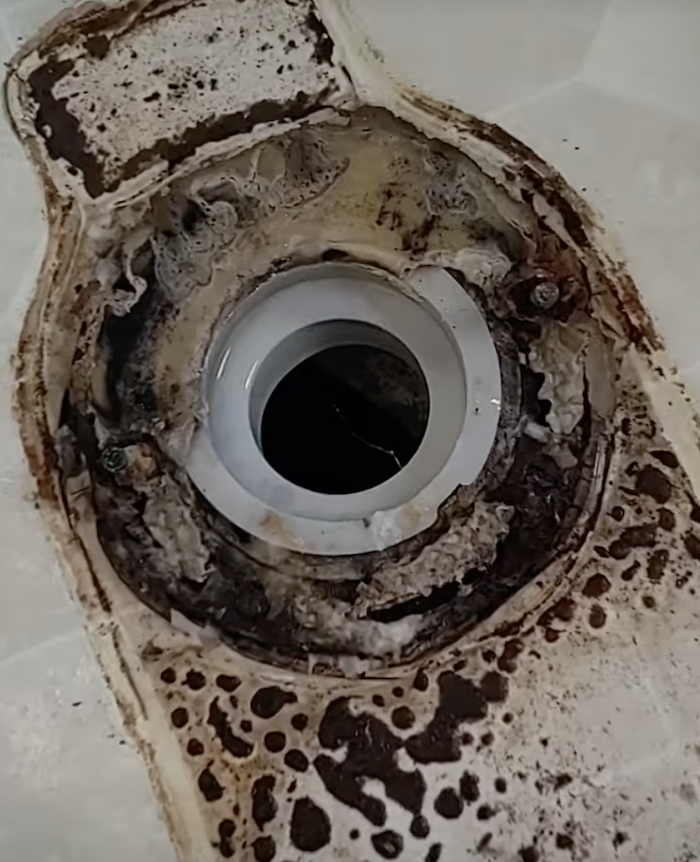
Scrape off wax ring
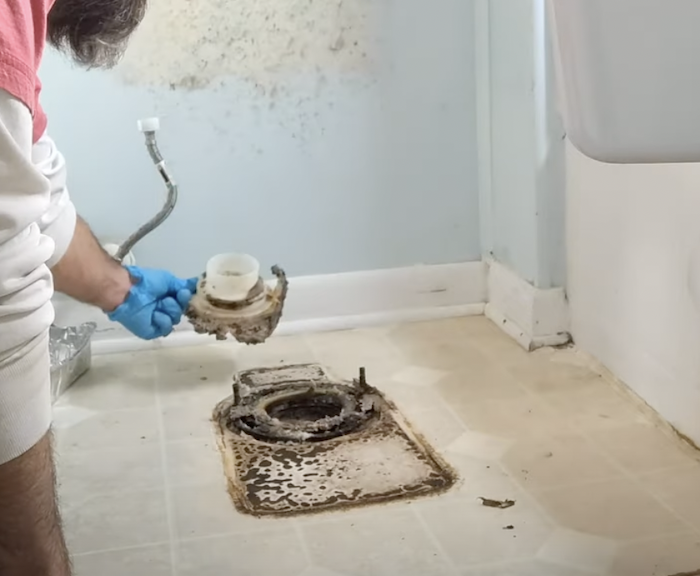
Pull off the old wax ring from the bottom of the toilet.
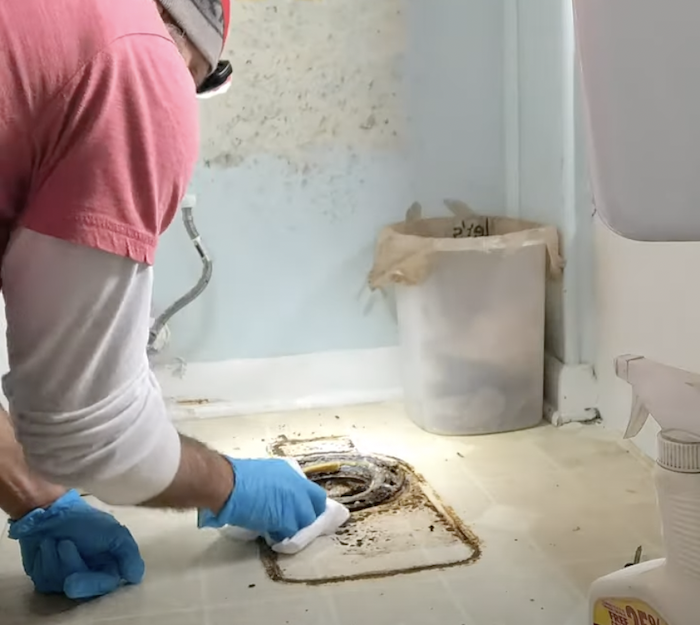
With the putty knife, scrape away all wax remnants from the floor. Then wipe up.
Apply new ring

Silicon flange base
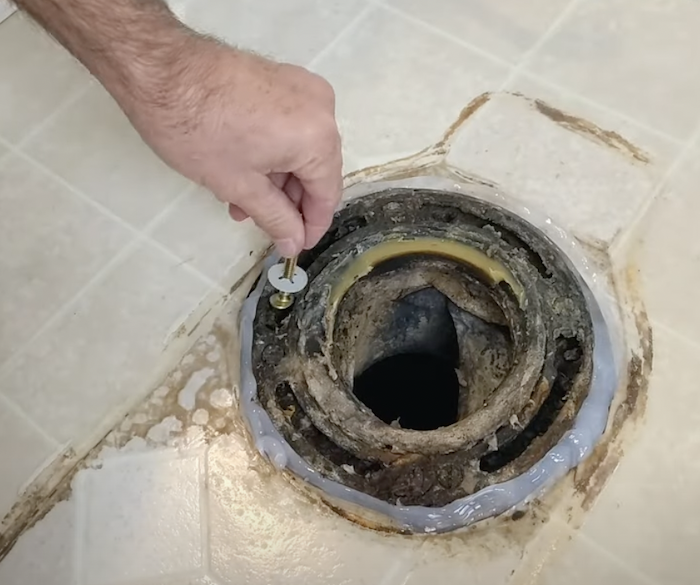
New brass bolts
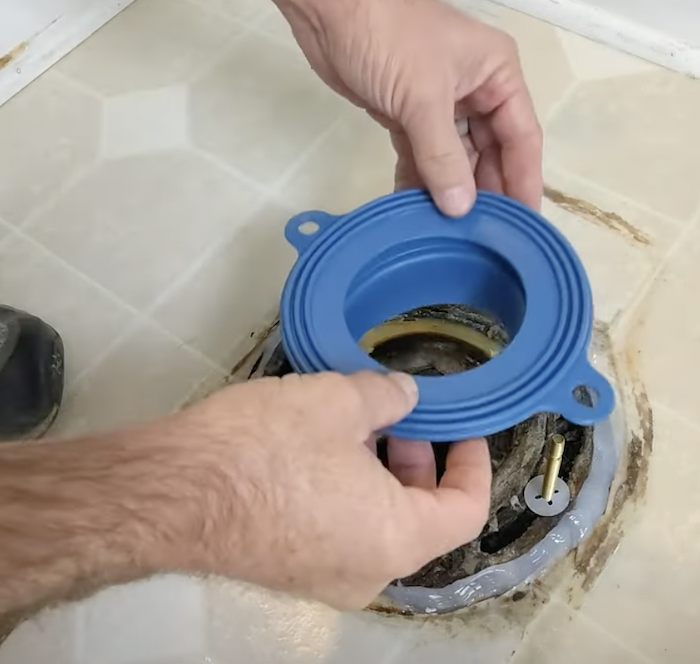
Stick the wax ring onto the bottom of the toilet, making sure it is centred around the drain hole. If you’re using a silicone ring, place it on top of the floor closet flange.
Reset toilet
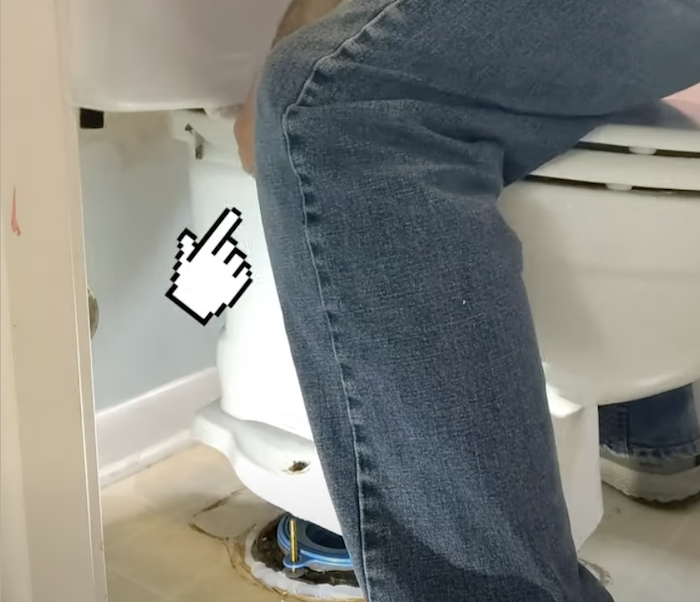
Insert new floor bolts in the closet flange with the threads facing upward. Use the plastic retaining rings to keep the bolts in place. Set the toilet directly down on top of the bolts.

Add the nuts for the floor bolts.
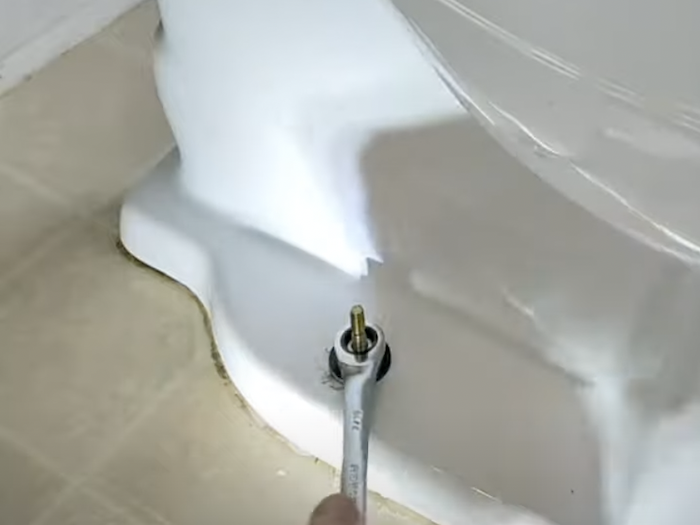
Tighten them with the pliers.

Reattach the water supply line.
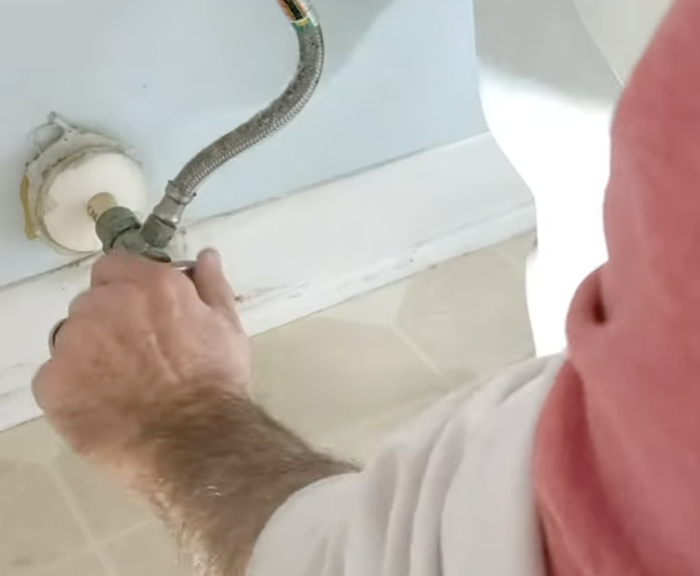
Turn on the water supply and let the tank fill up before flushing.
Stop Toilet Base Leaks
Toilet base leaks can be a frustrating issue, but the good news is that you can take action to prevent and resolve them. Here are some essential steps to help you put an end to toilet base leaks:
- Regular Inspection: Make it a habit to inspect your toilet regularly. Check for any signs of water around the base, loose bolts, or damage to the wax ring.
- Tighten Loose Bolts: If you notice loose bolts during your inspection, tighten them promptly. Ensure that the toilet is securely fastened to the floor.
- Wax Ring Maintenance: The wax ring is critical to preventing leaks. If it’s damaged or worn, replace it as soon as possible to maintain a proper seal.
- Avoid Heavy Pressure: Be cautious when moving heavy objects in the bathroom, as they can lead to cracks in the toilet base. Preventing physical damage is a key step in leak prevention.
- Plumbing Checkup: Schedule regular plumbing inspections with a professional to catch and address potential issues before they become significant problems.
- Professional Assistance: If you suspect a severe issue or your DIY attempts haven’t resolved the problem, don’t hesitate to seek the expertise of a qualified plumber.
- Caulk the Base: Applying a bead of caulk around the base of the toilet. This can help create an additional barrier against leaks.
- Regular Maintenance: Ongoing toilet maintenance is crucial. Keep an eye on the condition of your toilet and address any issues promptly to prevent base leaks in the future.
Stop toilet base leaks and keep your bathroom dry and free from the inconvenience of water pooling around the toilet’s base. Take action now to effectively address and prevent these leaks.



